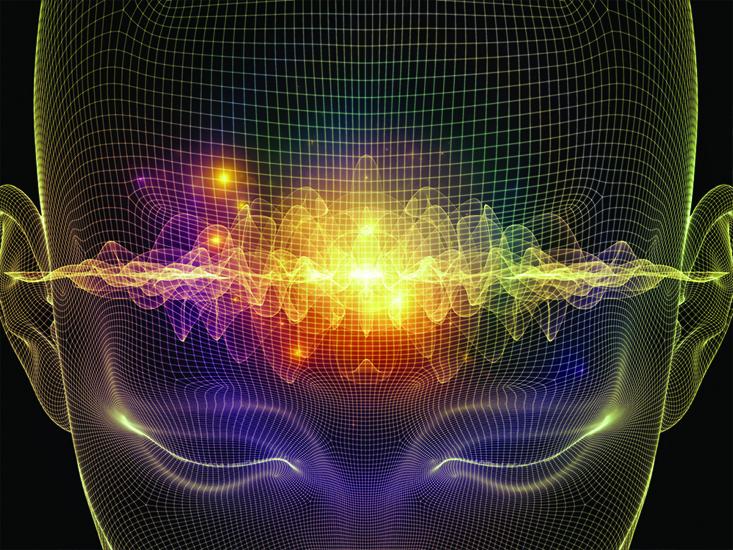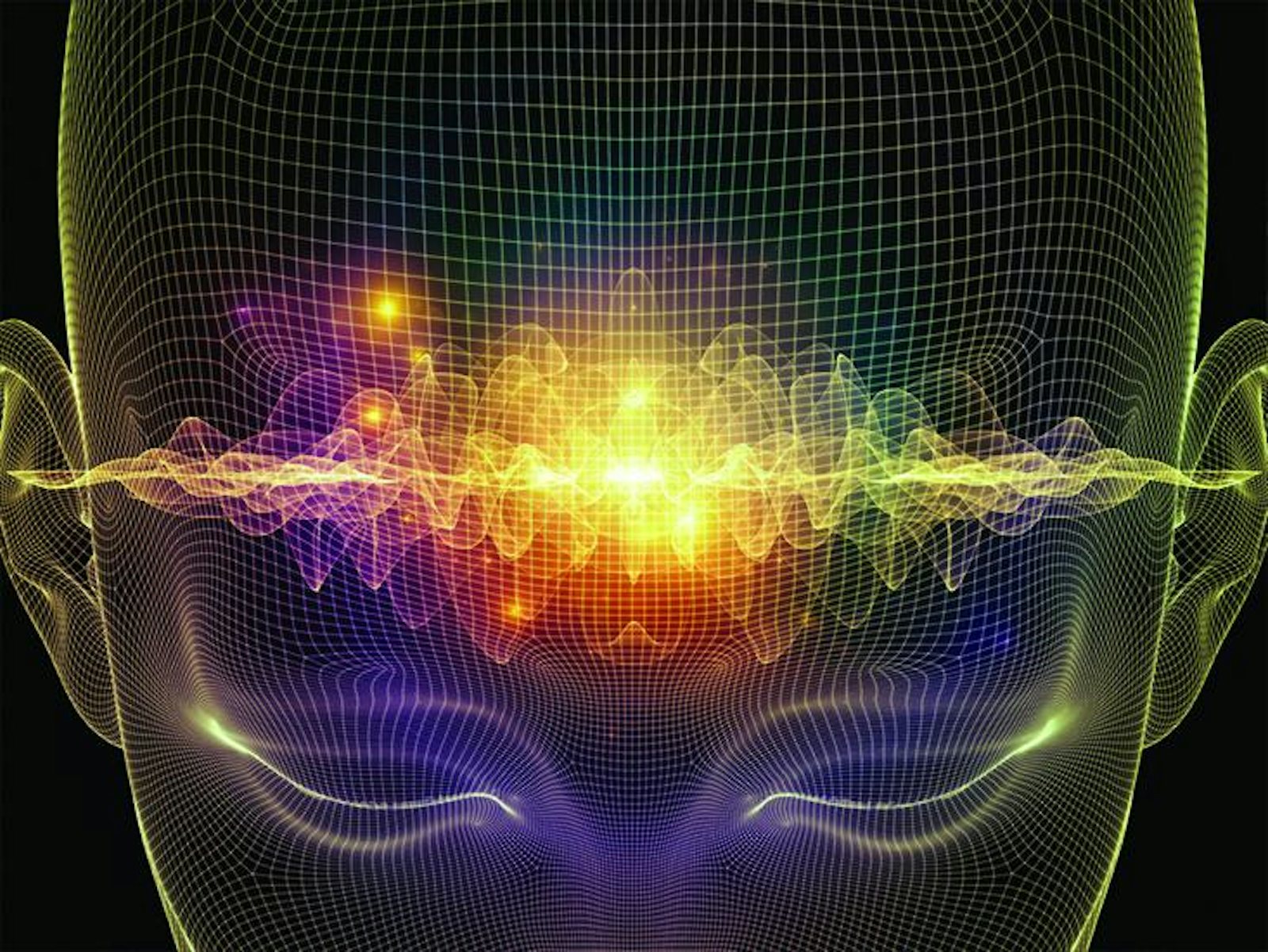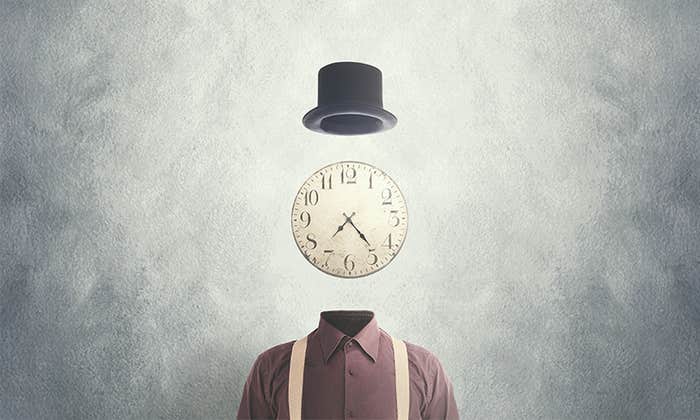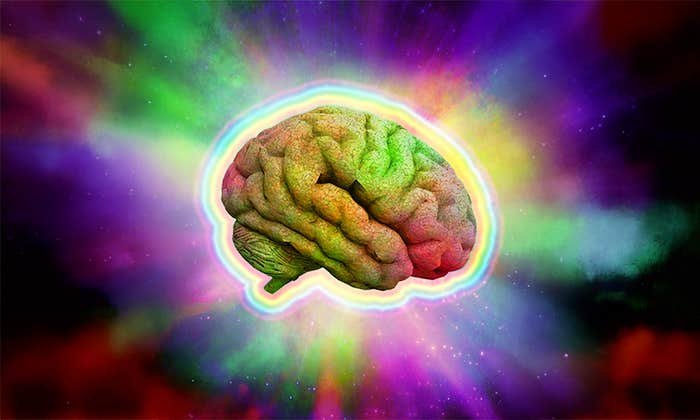Imagine that a loved one, let’s say your brother, has suffered a serious brain injury. After languishing in a coma, he finally “emerges”—that is, he cycles between sleep and wakefulness, yanks his hand away when it’s pricked, is startled by loud noises, and so on. But it’s not clear that he’s ever truly awake; his eyes are open, but they rove around aimlessly. He can’t communicate or follow instructions, even simple ones like “Squeeze my hand” or “Blink if you can hear me.” Does your brother still inhabit his body?
Our notion of what it means to retain a self may boil down to Descartes’ pithy “I think, therefore I am.” Selfhood can withstand many assaults: paralysis, memory impairment, blindness, even loss of language. But the loss of awareness—the ability to be conscious of our experiences and to reflect on them—seems to cut away at something truly fundamental.

A substantial number of people who come out of a coma remain, sometimes for decades, in a persistent vegetative state. These patients show no overt evidence of being conscious of their surroundings, of who they are, or what they perceive or feel. They appear to be reduced to a bundle of reflexes. Yet, family members sometimes claim that their loved ones are “in there.” For example, Paul Tremblay, whose son Jeff has been deemed by doctors to have been vegetative for more than 16 years, developed a weekly ritual of loading him up in a wheelchair and taking him to the movies, believing that Jeff was able to follow and enjoy the plots of movies. Is this mere wishful thinking?
By definition, the behavior of vegetative patients offers no signs of conscious mental activity. But what if we were to look very closely at the activity in their brains? Could evidence of consciousness be found there? Adrian Owen, one of the world’s leading researchers on disorders of consciousness, described in a Scientific American article how stunned he was when he placed one such patient named “Kate” into a scanner and showed her photos of her friends and family; the activity in her brain was remarkably similar to that of intact, alert people looking at pictures of familiar faces. Here was a glimmer of evidence of awareness.
But just a glimmer. The trick with using brain scans to infer conscious awareness is that it’s not enough to find that the brain activity of unresponsive patients is similar to that of healthy, awake brains. As it turns out, much of the mental activity of healthy, awake people—even activity that we think of as highly intelligent—runs on automatic pilot, entirely bypassing conscious awareness. This makes it very easy to assume consciousness where there is none, whether in vegetative patients or, for that matter, in ourselves.
Owen learned this lesson the hard way. He was initially intrigued to see activity in the speech perception areas of the brains of some vegetative patients in response to speech but not to nonspeech sounds. But it soon became apparent that the same pattern of activity could be found in healthy subjects rendered unconscious under anesthesia—in fact, the activity was just as strong in the unconscious subjects. To truly probe for consciousness, scientists needed to find a cognitive task that couldn’t be achieved without it.
There is no clear scientific definition of consciousness, and the boundary between conscious and unconscious mental life is surprisingly murky. But for the most part, scientists agree that mental processes that are sustained, rather than fleeting, and that involve the goal-oriented control of attention, are especially likely to involve consciousness. Here’s an example: I’m going to ask you a question, and if the answer is no, imagine playing tennis, and if the answer is yes, imagine walking around the rooms of your house. Now, is your name Mike?
It’s hard to see how a task like this could be performed on mere reflex. It requires you to understand the instructions, to correctly answer the question, and to conjure up specific imagery while remembering that tennis is associated with no and walking around your house with yes. And yet, Owen and his colleagues have found that about one out of every five vegetative patients they have tested is able to accurately answer questions like these. (This is evident because thinking about tennis activates different regions of the brain than thinking about navigating through a house.) Some patients can even use this task to communicate about their inner lives; in a particularly moving moment caught on camera by the BBC, Scott Routley was able to convey that he was not in pain.
These tests offer rigorous evidence of consciousness in a small but meaningful number of patients diagnosed as vegetative. But what of the majority whose brain scans on these tests fail to show evidence of awareness? It’s hard to know what this means, because such patients could be aware, but simply missing some of the brain functions that are needed to perform the task—perhaps they no longer understand language, or their working memory is broken to the point that they can’t retain the instructions long enough.
Hardest of all is this question: If patients like Kate, Jeff, and Scott are in fact aware, what exactly are they experiencing? Is consciousness a unified phenomenon that underlies our experiences, binding them into a meaningful interpretation that can be observed by a higher self? If so, then the awareness of some vegetative patients is likely to be much like our own. But if the nature of consciousness is fragmented and ephemeral, then these patients may exist in a different state altogether, hovering in a liminal dream-like existence. To understand the inner lives of unresponsive patients, scientists will need to venture into one of the most dimly lit corners of the science of the mind.
In the meantime, Paul Tremblay takes his son to the movies. Brain scans by Owen and his colleagues revealed that his moment-by-moment brain activity while watching a short Hitchcock film was organized and much like the brain activity of healthy subjects. To his father, Jeff is Jeff. In an interview with Maclean’s magazine, he acknowledged “He’s different but he’s still, we’ve accepted, this is Jeff. We love him just the same.”
Julie Sedivy teaches at the University of Calgary. She is the author of Language in Mind: An Introduction to Psycholinguistics and the co-author of Sold on Language: How Advertisers Talk to You and What This Says About You. She is on Twitter as @soldonlanguage.


























